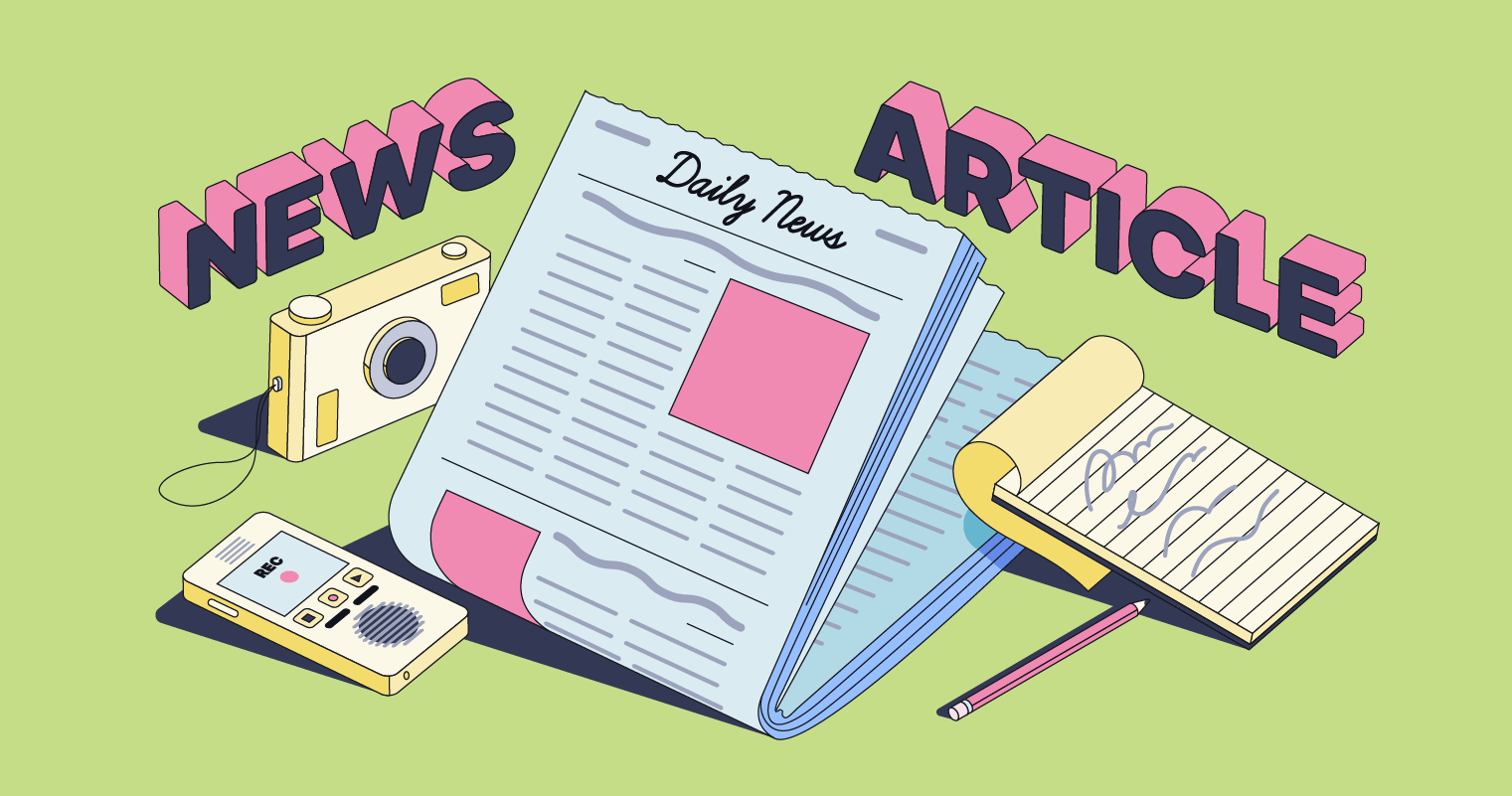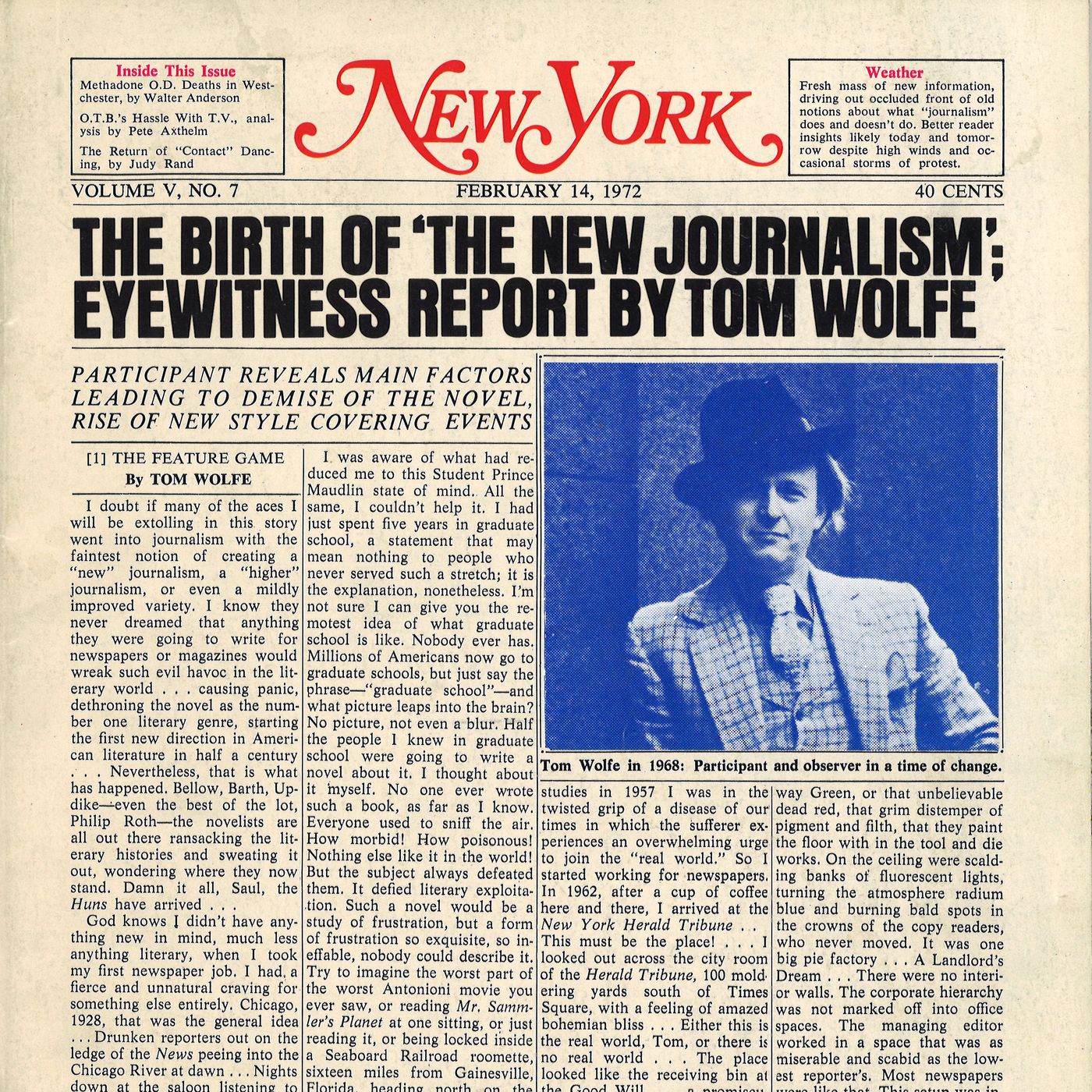How News Articles can Save You Time, Stress, and Money.
Table of ContentsNews Articles - An OverviewNot known Details About News Articles The Best Guide To News ArticlesThe Definitive Guide to News ArticlesSee This Report on News Articles
Excellent expertise of different topics offers trainees an one-upmanship over their peers. Even though electronic and social media are easily obtainable, we ought to not fail to remember exactly how important it is to review the newspapers. Parents should attempt and inculcate the habit of reading a paper as a day-to-day regimen to proceed the heritage of the revered print tool.News stories additionally contain at least one of the complying with essential features loved one to the designated audience: distance, prominence, timeliness, human rate of interest, peculiarity, or consequence.
Within these limitations, news stories likewise aim to be extensive. Various other variables are involved, some stylistic and some obtained from the media kind. Amongst the bigger and much more respected newspapers, justness and balance is a significant factor in offering info. Commentary is generally constrained to a different area, though each paper might have a different general angle.
Papers with a worldwide audience, as an example, often tend to utilize an extra official design of composing. The particular choices made by an information electrical outlet's editor or content board are often collected in a style overview; usual design overviews consist of the and the United States Information Style Publication. The major goals of news writing can be summed up by the ABCs of journalism: accuracy, brevity, and clarity.
The 2-Minute Rule for News Articles
As a regulation, journalists will certainly not use a lengthy word when a short one will certainly do. They utilize subject-verb-object building and brilliant, energetic prose (see Grammar). They offer anecdotes, examples and metaphors, and they seldom depend on generalizations or abstract ideas. News authors try to avoid using the same word much more than when in a paragraph (sometimes called an "echo" or "word mirror").
Nonetheless, headlines often omit the subject (e.g., "Jumps From Watercraft, Catches in Wheel") or verb (e.g., "Pet cat woman fortunate"). A subhead (additionally subhed, sub-headline, subheading, subtitle, deck or dek) can be either a subservient title under the primary headline, or the heading of a subsection of the write-up. It is a heading that comes before the main message, or a group of paragraphs of the major text.

Added billboards of any of these kinds may show up later on in the post (especially on subsequent pages) to tempt further analysis. Such signboards are additionally used as tips to the short article in other areas of the magazine or website, or as ads for the piece in various other publication or sites. Normal structure with title, lead paragraph (summary in strong), other paragraphs (information) and call details.

Instance of a hard-lead paragraph NASA is suggesting one more area job. The firm's spending plan demand, introduced today, consisted of a strategy to send another goal to the Moon. This time around the company intends to establish a long-lasting center as a jumping-off place for various other room journeys. The budget plan demands roughly $10 billion for the project.
An "off-lead" is the second most essential front web page news of the day. To "bury the lead" is to begin the short article with history details or information of secondary value to the readers, compeling them to check out more deeply into an article than they must have to in order to discover the crucial points.
A Biased View of News Articles
Typical use is that one or 2 sentences each create their very own paragraph. Journalists usually describe the company or structure of a newspaper article as an inverted pyramid. The essential and most intriguing aspects of a story are placed at the beginning, with sustaining information complying with in order of decreasing significance.
It enables individuals to check out a subject to only the depth that their inquisitiveness takes them, and without the imposition of details or subtleties that they could think about unnecessary, yet still making that info available to much more interested readers. The upside down pyramid structure likewise makes it possible for articles to be trimmed to any type of approximate length during format, to suit the area offered.
Some authors start their tales with the "1-2-3 lead", yet there are several kinds of lead offered. A twist can my site refer to numerous things: The last tale in the information program; a "delighted" tale to end the show.
Longer short articles, such as magazine cover posts and the items that lead the within areas of a paper, are called. Feature tales vary from straight information in a number of methods. Foremost is the absence of a straight-news lead, the majority of the time. Rather of using the essence of a story up front, attribute authors might attempt to lure visitors in.
7 Easy Facts About News Articles Shown
The reporter often information interactions with meeting topics, making the piece a lot more individual. An attribute's initial paragraphs commonly associate a fascinating minute or event, as in an "anecdotal lead". From the visit here details of an individual or episode, its sight quickly widens to generalities about the tale's topic. The area that signifies what an attribute is about is called the or billboard.

The Editor's Tool kit: A Reference Guide for Beginners and Professionals (2001) Allan M. Siegal and William G. Connolly. The New York Times Guidebook of Style and Use: The Official Style Guide Used by the Writers and Editors of the World's Many Authoritative additional info Newspaper (2002) M. L. Stein, Susan Paterno, and R.